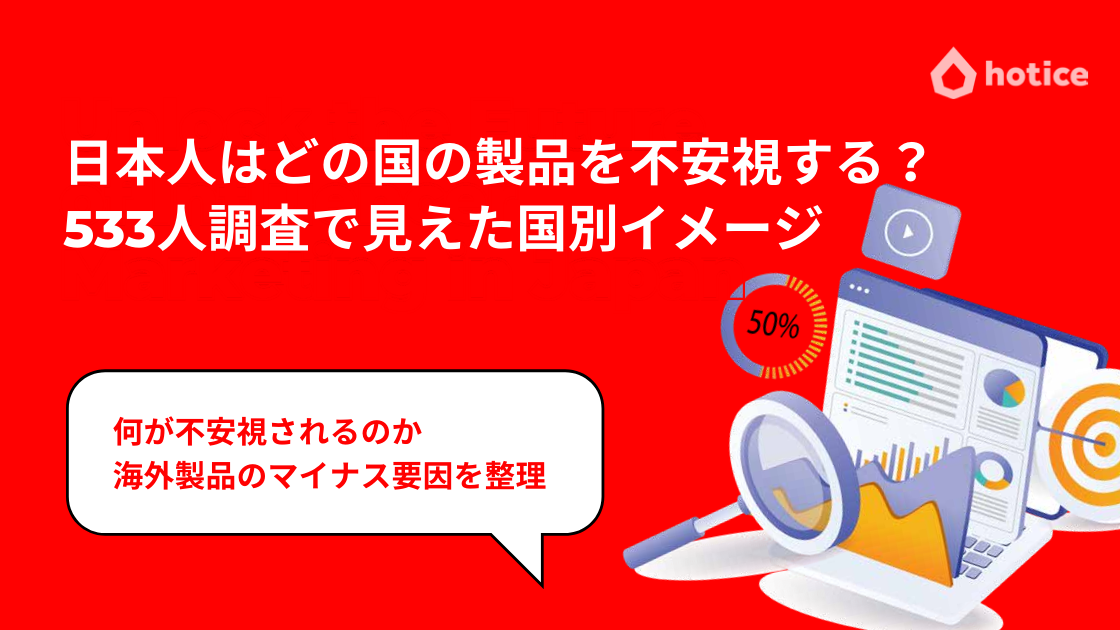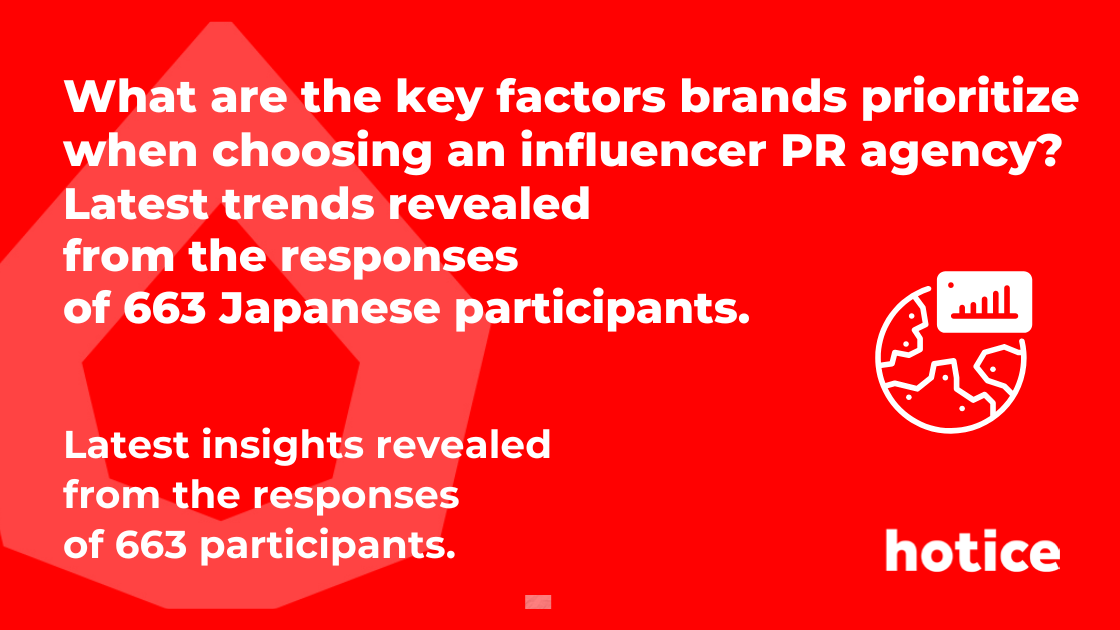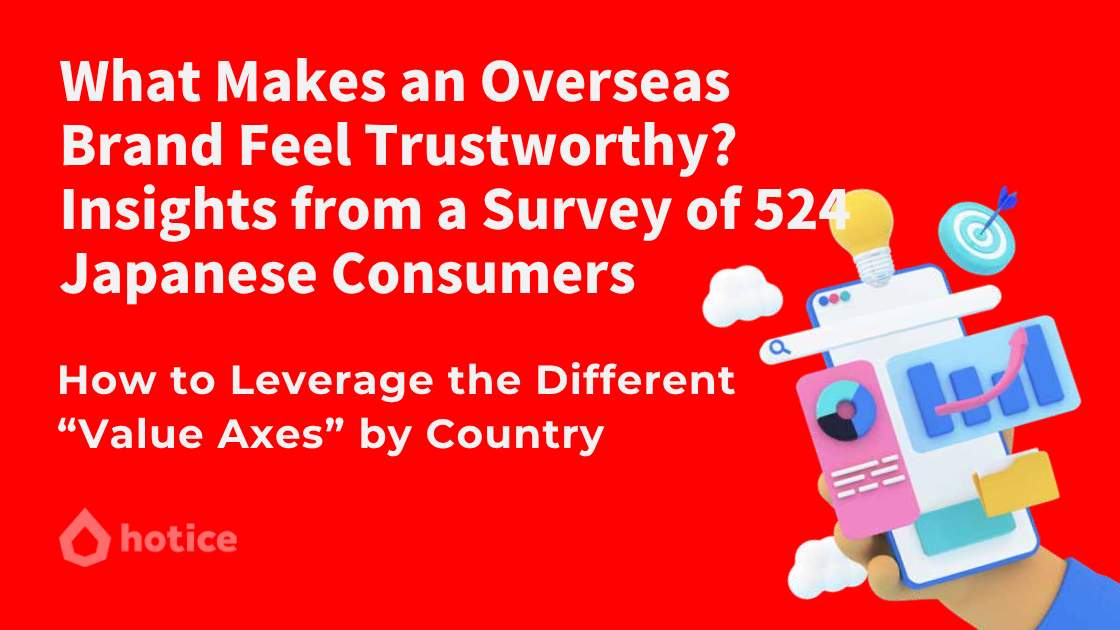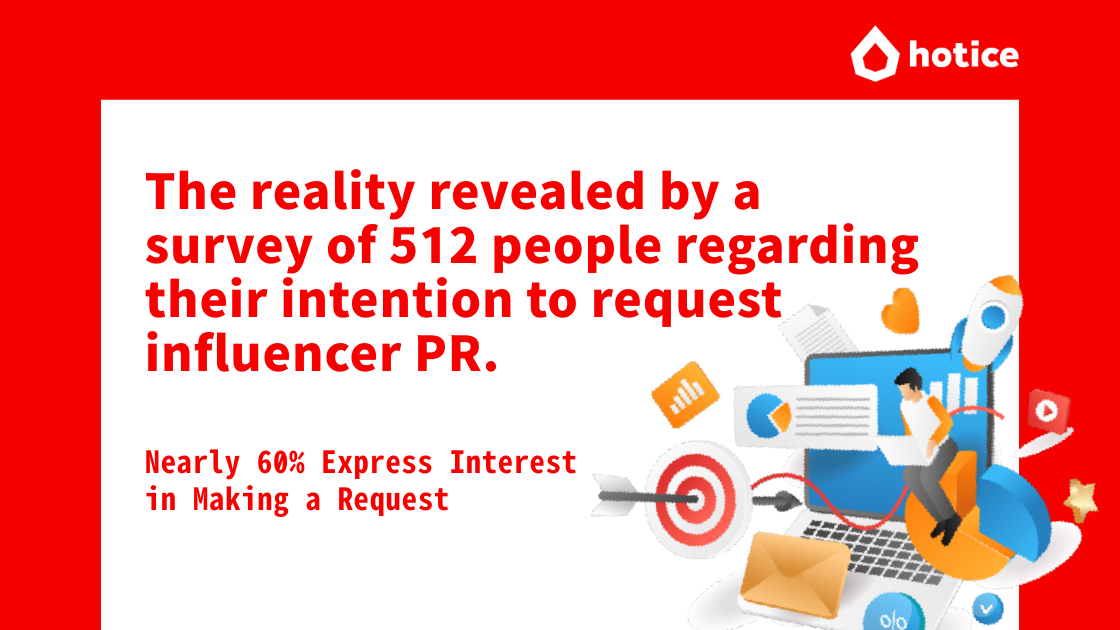The Rapidly Growing Southeast Asian Market and the Potential of Social Media Marketing

Today, the Southeast Asian market is attracting global attention from brands and marketers alike. With rapid population growth and economic development, Southeast Asia is increasingly establishing itself as a powerful consumer market. In particular, six key countries—Indonesia, Thailand, Singapore, the Philippines, Vietnam, and Malaysia—each possess unique cultures and lifestyles, yet share one common trait: exceptionally high social media penetration. This makes the region a fertile ground for digital marketing opportunities.
At hotice, we specialize in social media marketing, especially influencer marketing, and have carried out numerous projects across these markets. Drawing on our extensive network of local influencers and agencies, as well as our hands-on experience, this article is crafted with real-world insights and perspectives.
This article is intended for brands and marketers considering expanding into Southeast Asia or exploring social media strategies in the region. We provide a country-by-country overview based on the following key points:
- Social Media Popularity Rankings (Top Platforms)
- Usage Rates and Monthly Active Users
- Popular Content Genres and Marketing Trends by Country
- Influencer Distribution by Follower Tier
- Key Demographics (Age & Gender)
- Language and Cultural Considerations for Marketers
- Ease of Cross-Border Marketing and Success Stories
In addition to hard data, we’ve included on-the-ground insights and emerging trends to help you build effective, practical strategies. We hope this guide proves valuable in your planning for the Southeast Asian market.
Charts Representing the Social Media Status in Each Country
1. Social Media Usage in Indonesia
1-1. Popular Social Media Platforms
The most commonly used social media platforms in Indonesia are as follows (Source: JAPASIAN):
- WhatsApp: 91.7% usage rate (Sources: Infocubic, JAPASIAN, The Digital X)
- Instagram: 84.6% usage rate (Sources: Infocubic, JAPASIAN, The Digital X)
- Facebook: 83.0% usage rate
- TikTok: 77.4% usage rate (Sources: note, JAPASIAN, The Digital X)
※ YouTube is not included in the survey but is assumed to have a very high usage rate (Source: JAPASIAN)
1-2. Monthly Active Users per Platform
The estimated number of monthly active users for each platform is as follows (Source: The Digital X):
- YouTube: 139 million users (Ad reach rate: 49.9%)
- TikTok: 126.8 million users (Ad reach rate: 64.8%)
- Facebook: 117.6 million users
- Instagram: 100.9 million users (Ad reach rate: 36.2%)
2. Marketing Characteristics and Popular Genres
Social media marketing has been rapidly evolving in Indonesia.
YouTube is often used as a platform for product introductions combined with affiliate rewards.
Meanwhile, platforms like Instagram and TikTok are popular for content focused on fashion, beauty, and lifestyle.
(Source: Logi Square)
3. Influencer Categories by Follower Count
Influencers in Indonesia can be categorized as follows:
■ Nano Influencers: Under 10,000 followers
- Pros: Strong personal connection with followers, high conversion rate, and cost-effective (Source: KOL Markets Asia)
- Cons: Limited reach
■ Micro Influencers: 10,000 to 100,000 followers
- Pros: High engagement and subject matter expertise (Source: KOL Markets Asia)
- Cons: May decline sponsored posts that are not relevant to their niche
■ Macro Influencers: 100,000 to 1,000,000 followers
- Pros: Broad audience reach (Source: KOL Markets Asia)
- Cons: Weaker follower relationships, lower conversion reliability
■ Mega Influencers: Over 1,000,000 followers
- Pros: Massive reach potential (Source: KOL Markets Asia)
- Cons: May lack authenticity and personal trust with followers
🔍 Additional Insights for Understanding the Indonesian Market
📱 Main SNS User Demographics (Age / Gender)
- Gen Z (ages 18–24) is the most active demographic on social media, with especially high usage rates for TikTok and Instagram.
- Platforms with a high female user ratio: Instagram, TikTok
- Platforms with more male users: Facebook, YouTube (especially entertainment and gaming content)
➡️ Marketing Tip: For campaigns targeting Gen Z with fashion, beauty, or lifestyle content, TikTok and Instagram are most effective. For millennials or male audiences, YouTube and Facebook offer better reach.
💬 Language and Cultural Characteristics
- The official language is Bahasa Indonesia (Indonesian language).
- Due to the country’s predominantly Muslim population, content involving exposure, alcohol, or gambling should be avoided.
- Values such as “Halal,” “family,” and “regional pride” resonate strongly with local audiences.
➡️ Marketing Tip: Localization requires cultural sensitivity. Respecting cultural values in copy and visuals can help avoid backlash and leave a positive impression.
💼 Local Marketing Agency Trends
- Alongside major global agencies (e.g., Wunderman Thompson, Dentsu Indonesia), many local digital agencies are highly active.
- Platforms like TikTok Creator Marketplace and influencer startups like Sociabuzz and Hiip are rapidly growing.
➡️ Partnering Tip: Many local agencies offer English support, making it relatively easy to execute cross-border campaigns.
🌍 Ease of Cross-Border Marketing (Including Japanese Brand Examples)
- Japanese products enjoy high trust and popularity in Indonesia.
- The perception of Japanese brands as “high-quality,” “safe,” and “reliable” is firmly established.
- Major Japanese brands such as MUJI, UNIQLO, SHISEIDO, and Panasonic have already successfully entered the market.
- Social media aligns well with Indonesian consumer behavior, and Japanese-style branding and storytelling are well received.
➡️ Marketing Tip: Keywords like “Made in Japan,” “attention to detail,” and “craftsmanship” carry strong appeal. Review-based or how-to content tends to spread well across platforms.
2. Social Media Usage in Thailand
2-1. Popular Social Media Platforms
The most commonly used social media platforms in Thailand are as follows (Source: Asian Bridge):
- Facebook: 91.0% usage rate
- LINE: 90.7% usage rate
- TikTok: 80.8% usage rate
- Instagram: 78.2% usage rate ※ YouTube is not ranked but is assumed to have a very high usage rate.
2-2. Monthly Active Users per Platform (Source: Datareportal, thedigitalx.net)
- Facebook: 51.7 million users (Ad reach rate: 72.4%)
- TikTok: 45.2 million users (Ad reach rate: 63.6%)
- Instagram: 17.4 million users (Ad reach rate: 24.4%)
- LINE: Exact number undisclosed, but around 90% of the population uses the app
2-3. Marketing Characteristics and Popular Genres
Thailand is a beauty and lifestyle-oriented market. Influencer marketing, especially in the fields of cosmetics, fashion, and travel, is particularly vibrant. TikTok is dominant among younger audiences, with short-form videos and challenge trends being highly engaging. Instagram is effective for visual branding, while LINE is used more for CRM and retention communication.
➡️ Marketing Tip: Successful campaigns in Thailand often emphasize positivity, visual appeal, and entertainment value.
2-4. Influencer Categories by Follower Count
Influencers in Thailand can be categorized as follows:
■ Nano Influencers: Under 10,000 followers
- Pros: High engagement from close-knit followers, low cost
- Cons: Limited reach
■ Micro Influencers: 10,000 to 100,000 followers
- Pros: Strong niche focus, high engagement rates
- Cons: May be selective about brand collaborations
■ Macro Influencers: 100,000 to 1,000,000 followers
- Pros: Broad audience appeal, often used in nationwide campaigns
- Cons: Engagement rates may vary
■ Mega Influencers: Over 1,000,000 followers
- Pros: Mass awareness, celebrity-like status
- Cons: High cost and sometimes lower authenticity
🔍 Additional Insights for Understanding the Thai Market
📱 Main SNS User Demographics (Age / Gender)
- TikTok & Instagram: Primarily used by Gen Z and young millennials (late teens to early 30s)
- Facebook: Used by all age groups, with high adoption among older demographics
- Instagram users are approximately 60% female
➡️ Marketing Tip: Instagram and TikTok are well suited for female-targeted products such as beauty and fashion.
💬 Language and Cultural Characteristics
- Primary language: Thai
- While English is understood in urban areas, Thai is predominantly used on social platforms
- Cultural considerations: Content must avoid sensitive topics like religion (Buddhism), monarchy, and politics. Politeness and a cheerful tone are highly valued.
➡️ Marketing Tip: Localized Thai-language content and respectful tone significantly enhance engagement.
💼 Local Marketing Agency Trends
- Numerous Thai digital agencies specialize in influencer and social marketing
- Foreign players like Dentsu and WPP operate alongside Thai firms
- TikTok Creator Marketplace, LINE Ads, and Meta Business Partner services are well established
➡️ Partnering Tip: Many agencies are bilingual and accustomed to supporting global brands, lowering the barrier for cross-border campaigns.
🌍 Ease of Cross-Border Marketing (Including Japanese Brand Examples)
- EC platforms like Shopee and Lazada are widely used and connect smoothly with social ads
- Japanese brands such as UNIQLO, DAISO, and SHISEIDO have successfully launched Thai-specific SNS campaigns
- Japanese products are appreciated for quality, design, and perceived sincerity
➡️ Marketing Tip: Combining LINE with TikTok or Instagram proves to be an effective strategy in the Thai market.
3. Social Media Usage in Singapore
3-1. Popular Social Media Platforms
The most commonly used social media platforms in Singapore are as follows:
- WhatsApp: 74.7% usage rate
- Facebook: 72.7% usage rate
- Instagram: 60.3% usage rate
- TikTok: 52.5% usage rate
- Telegram: 47.8%
- Messenger: 40.6%
- LinkedIn: 36.3%
- X (formerly Twitter): 30.8%
- WeChat: 28.2%
- iMessage: 21.6%
3-2. Monthly Active Users & Usage Insights
Out of Singapore’s 5.83 million population, approximately 85% are active social media users—one of the highest penetration rates globally. Social platforms are an integral part of daily life, often used for news, communication, and product discovery.
3-3. Marketing Characteristics and Popular Genres
Social media serves as a key touchpoint for consumer decision-making in Singapore. Users frequently consult platforms before making purchases. Popular content genres include:
- Beauty & Fashion: Especially among trend-conscious youth
- Food & Gourmet: A reflection of Singapore’s multicultural dining scene
- Technology & Gadgets: Highly engaged and tech-savvy consumer base
Instagram and TikTok are preferred for visually engaging content, while Facebook remains strong for community-based marketing.
➡️ Marketing Tip: Visual quality and credibility are key drivers for engagement.
3-4. Influencer Categories by Follower Count
■ Nano Influencers: 1,000–10,000 followers
■ Micro Influencers: 10,000–100,000 followers
■ Mid-tier Influencers: 100,000–500,000 followers
■ Macro Influencers: 500,000+ followers
Micro-influencers are especially valued for their high engagement and authenticity.
🔍 Additional Insights for Understanding the Singapore Market
📱 Main SNS User Demographics (Age / Gender)
- Instagram: Popular among users aged 16–24
- Facebook: Used across all age groups, with notable engagement from older users
- TikTok: Rising popularity among younger audiences, especially for entertainment content
- Overall, female users outnumber male users slightly on most platforms
➡️ Marketing Tip: For youth and female audiences, Instagram and TikTok are ideal. Facebook works better for broader or older demographics.
💬 Language and Cultural Characteristics
- Primary language: English (widely used across platforms)
- A multicultural society, making it important to be sensitive to ethnic and religious diversity
➡️ Marketing Tip: Respect for cultural differences and clean, inclusive messaging leads to stronger brand perception.
💼 Local Marketing Agency Trends
- Singapore hosts numerous digital agencies specializing in SNS advertising and influencer marketing
- Agencies are well-versed in global standards and local nuance
➡️ Partnering Tip: Agencies with multicultural teams can help bridge communication and local execution with ease.
🌍 Ease of Cross-Border Marketing (Including Japanese Brand Examples)
- As an English-speaking hub with high consumer trust, Singapore is one of the easiest Southeast Asian markets for Japanese brands to enter
- Brands like UNIQLO, MUJI, and SHISEIDO have thriving local campaigns
➡️ Marketing Tip: Emphasize quality, minimalism, and Japanese craftsmanship. These themes align well with Singaporean consumer values.
4. Social Media Usage in the Philippines
4-1. Popular Social Media Platforms
The most commonly used social media platforms in the Philippines are:
- Facebook: 96.2% usage rate
- YouTube: 93.7%
- Facebook Messenger: 89.1%
- Instagram: 66.4%
- Twitter: 52.3%
- TikTok: 48.8%
- LinkedIn: 36.4%
- Pinterest: 30.9%
- Viber: 29.5%
- Snapchat: 25.8%
4-2. Monthly Active Users & Usage Insights
The Philippines has a total population of approximately 118 million, with 86.98 million active internet users.
Social media usage rate is 73.4%, and users spend an average of 3 hours and 34 minutes per day on social media.
4-3. Marketing Characteristics and Popular Genres
Social media is a major channel for discovering and evaluating products. Among users aged 16 to 64, 79.2% use social media to research before purchase.
Popular genres include:
- Entertainment: Music, TV, movies
- Fashion & Beauty: Especially popular among younger users
- Food & Gourmet: Culturally diverse cuisine content performs well
➡️ Marketing Tip: Visual storytelling and influencer-driven recommendations are highly effective.
4-4. Influencer Categories by Follower Count
■ Nano: <10,000 followers
■ Micro: 10,000–100,000
■ Mid-tier: 100,000–500,000
■ Macro: 500,000+
Micro-influencers are especially trusted, and play a strong role in driving conversions.
🔍 Additional Insights for Understanding the Philippine Market
📱 Main SNS User Demographics (Age / Gender)
- Facebook: Broad age range, especially 30s and above
- Instagram: Dominated by females in their 20s
- TikTok: Rapidly growing among youth, popular for entertainment
➡️ Marketing Tip: Facebook + TikTok or Instagram works well depending on the age group and product type.
💬 Language and Cultural Characteristics
- Official languages: English and Filipino
- Most social media content is in English, though regional dialects may appear
- Family- and community-oriented culture; word-of-mouth and peer recommendations are powerful
➡️ Marketing Tip: Highlight emotional connection and community involvement for best engagement.
💼 Local Marketing Agency Trends
- A wide range of digital marketing firms specialize in social media campaigns and influencer marketing
- Facebook and Instagram are central to most campaigns, often tailored to local culture
- English fluency makes collaboration with global brands smooth
➡️ Partnering Tip: Many agencies have Japan or US brand experience and can manage campaigns with cultural sensitivity.
🌍 Ease of Cross-Border Marketing (Including Japanese Brand Examples)
- High English proficiency (over 90%) makes the Philippines unique in Southeast Asia
- Strong affinity for Japanese brands and culture
- SNS-to-eCommerce funnel is effective, with Shopee and Lazada well-integrated
➡️ Marketing Tip: Product quality + emotional storytelling + platform integration = success in the Philippine market.
5. Social Media Usage in Vietnam
5-1. Popular Social Media Platforms
The most commonly used social media platforms in Vietnam are:
- Facebook: Highest user base in the country
- Zalo: Vietnam’s homegrown messaging app with widespread use
- YouTube: Popular for video content across all age groups
- TikTok: Rapid growth among Gen Z and younger millennials
5-2. Monthly Active Users & Usage Insights
- Total Population: Approx. 98.5 million
- Internet Users: Approx. 77.9 million (80% of population)
- Social Media Users: Approx. 70 million (71% of population)
Smartphone-first behavior is dominant, especially in urban areas.
5-3. Marketing Characteristics and Popular Genres
Popular content categories:
- Entertainment: Music, comedy, short videos
- Beauty & Fashion: Highly influential among Gen Z
- Food & Lifestyle: Local reviews and daily vlogs perform well
➡️ Marketing Tip: Local humor and trend-based TikTok content are highly effective.
5-4. Influencer Categories by Follower Count
- Micro: 10,000–100,000
- Macro: 100,000–1,000,000
- Mega: Over 1,000,000
Micro- and macro-influencers are especially cost-effective for brands.
🔍 Additional Insights for Understanding the Vietnamese Market
📱 Main SNS User Demographics
- Facebook: 18–34, gender balanced
- Zalo: Used across generations, especially 30–44
- TikTok: 16–24, slightly more female users
💬 Language and Cultural Characteristics
- Content is primarily in Vietnamese
- Community/family-oriented values and regional pride are strong
💼 Local Marketing Agency Trends
- Mix of local and global agencies
- Digital-savvy youth culture requires trend-aware execution
🌍 Cross-Border Marketing Tips
- Japanese brands like UNIQLO succeed with localized campaigns
- Educational and review-based formats resonate well
6. Social Media Usage in Malaysia
6-1. Popular Social Media Platforms
- YouTube: 23.9 million users (~70% of population)
- Facebook: 23.3 million users
- Instagram: 17.7 million users
- TikTok: 16 million users
- WhatsApp: ~80% adoption
6-2. Monthly Active Users & Usage Insights
- Population: Approx. 35.6 million
- Internet Users: 34.6 million (97.4%)
- Social Media Users: 26.8 million (75.3%)
Smartphone usage is the norm across all platforms.
6-3. Marketing Characteristics and Popular Genres
- Lifestyle & Food: High engagement via local cuisine
- Beauty & Skincare: Especially strong among young women
- Tech & Gadgets: Product reviews and unboxings are popular
➡️ Marketing Tip: Mix long-form YouTube with visual storytelling on IG/TikTok.
6-4. Influencer Categories by Follower Count
- Nano: <10,000
- Micro: 10,000–100,000
- Macro: 100,000–1,000,000
- Mega: 1,000,000+
Micro-influencers dominate especially in niche verticals.
🔍 Additional Insights for Understanding the Malaysian Market
📱 Main SNS User Demographics
- IG & TikTok: Popular among 16–30, especially women
- Facebook & YouTube: All ages
💬 Language and Cultural Characteristics
- Multilingual: Malay, English, Chinese, Tamil
- Muslim-majority country: avoid alcohol, immodesty
💼 Local Marketing Agency Trends
- Advanced expertise in TikTok & Meta
- Many English-speaking agencies with international experience
🌍 Cross-Border Marketing Tips
- High trust in Japanese brands
- E-commerce via Shopee/Lazada works well with SNS promotions
- Keywords: “quality,” “precision,” “Japanese craftsmanship”
Summary: Unlocking the Power of Social Media in Southeast Asia
Southeast Asia is emerging as one of the most dynamic and promising regions for social media marketing. With high internet and smartphone penetration, the region—particularly Indonesia, Thailand, Singapore, the Philippines, Vietnam, and Malaysia—offers fertile ground for brands seeking digital growth.
Each country has unique cultural traits, platform preferences, and influencer ecosystems. For example, TikTok dominates among Gen Z in most countries, while Facebook continues to have a strong presence among broader age groups. Localization—both in language and cultural nuance—is key to resonating with local audiences.
Micro- and macro-influencers are particularly effective in building trust and engagement, while major cities act as hubs for digital content creation. Additionally, many local marketing agencies and global platforms (like TikTok Creator Marketplace) are available to support brand activations.
For Japanese and global brands, Southeast Asia presents a strategic opportunity for cross-border campaigns, especially when leveraging influencer-driven storytelling that emphasizes quality, authenticity, and cultural relevance.
By understanding each market’s digital behavior, audience demographics, and content preferences, businesses can develop impactful, localized strategies that drive awareness and conversions.


